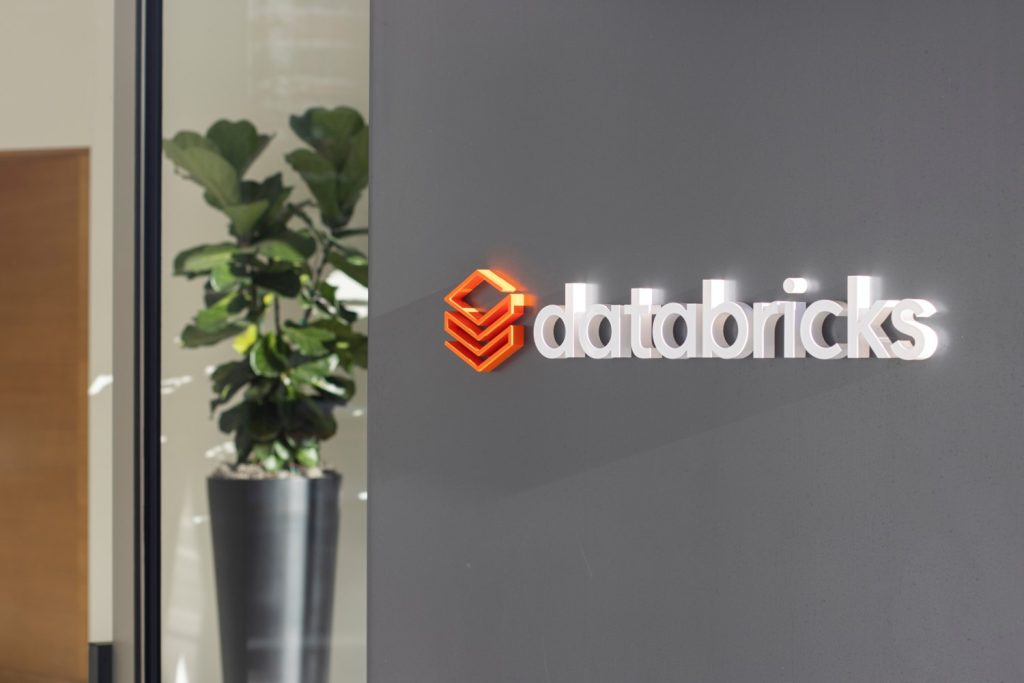
In AI news, Databricks has unveiled its latest innovation, DBRX, a new open-source AI model, setting a new standard for efficiency and performance.
The new model boasts 132 billion parameters and surpasses leading open-source alternatives, such as Llama 2-70B and Mixtral on a range of scales for tasks related to language understanding, programming, as well as mathematical skills.
Although it doesn’t reach the levels of OpenAI’s GPT-4 in terms of sheer capability, the company’s representatives have highlighted DBRX’s higher performance compared to GPT-3.5, offering it as a more efficient solution at a significantly reduced cost.
For his part, Databricks’ CEO, Ali Ghodsi, expressed enthusiasm regarding the launch of DBRX and emphasized that the company is focusing on customizing AI models that seamlessly align with the specific data requirements of their clients. He said: “While foundation models like GPT-4 are great general-purpose tools, Databricks’ business is building custom models for each client that deeply understands their proprietary data. DBRX shows we can deliver on that.”
Moreover, DBRX has a standout feature, mixture-of-experts architecture. This design implies 16 specialized sub-models, with the system dynamically selecting the four best suited for each specific task. This means only 36 billion parameters are in use at any time, which enhances the model’s speed and cost-effectiveness.
The innovative architecture behind DBRX was crafted by the Mosaic team, which Databricks integrated into its operations the previous year. This team enhanced their earlier Mega-MoE model significantly. Ghodsi commended the team for their expertise in developing core AI models, highlighting that the creation of DBRX took merely two months with an estimated budget of $10 million.
On the other hand, the reason why Databricks decided to make DBRX an open source is to lead in AI innovation and reinforce its core service of creating customized AI solutions for its clients, and mainly those handling sensitive information. Hence, the CEO emphasized the mutual trust between the company and its clients regarding the ability to securely handle their information, noting the importance of meeting regulatory compliance standards.
The launch of DBRX comes at a time when Databricks is crossing an increasingly competitive landscape in the data and AI sector, facing notable challenges from Snowflake’s Cortex and the generative AI initiatives of leading cloud service companies. Nevertheless, the company is looking forward to distinguishing itself as a leader in AI innovation, promoting the adoption of DBRX and its distinctive technological framework.
Furthermore, this move is considered as a strategic one, in an environment where skepticism towards proprietary AI models from tech giants is growing, as they are viewed as lacking transparency. Thus, Databricks is positioning itself to draw in leading data science professionals, aiming to set a new standard in the field.
The real success of DBRX will ultimately be determined by its acceptance in the marketplace and the value it delivers to Databricks’ clients. With an increasing number of businesses aiming to utilize AI while maintaining the security of their sensitive information, Databricks is at the forefront with DBRX, challenging its competitors to meet its high level of creativity in the fast-growing field of AI.
Inside Telecom provides you with an extensive list of content covering all aspects of the tech industry. Keep an eye on our Intelligent Tech sections to stay informed and up-to-date with our daily articles.